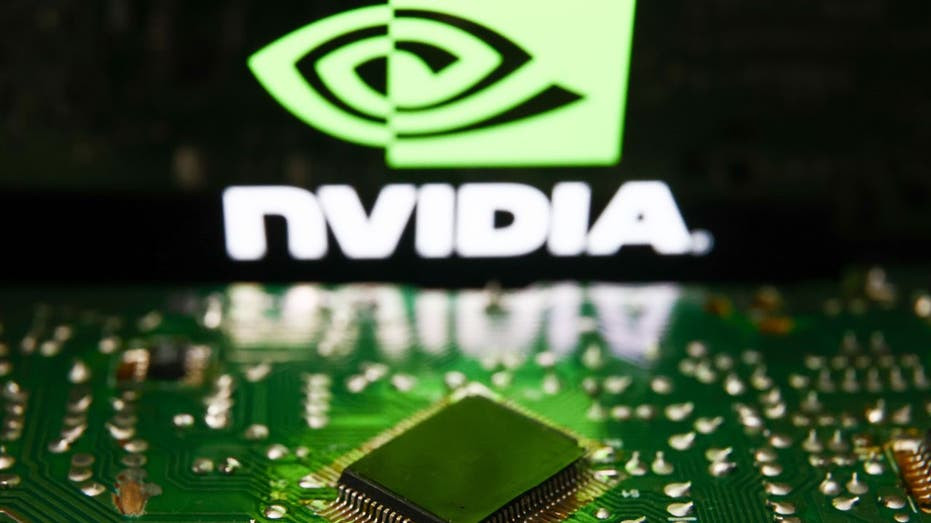Nvidia's Earnings Report: A Short-Term Blip or a Turning Point?
The Asian session is set to open with muted sentiment as investors digest the latest earnings report from Nvidia, a key player in the artificial intelligence (AI) space. While the company delivered a strong quarter, surpassing analysts' estimates, the stock experienced a dip in after-market trading, signaling potential concerns about future growth.
Nvidia's 2Q results did beat estimates, with both top and bottom lines exceeding expectations. Its forward guidance for 3Q revenue of US$32.5 billion also surpassed analyst forecasts. However, the market reaction suggests that investors may have been expecting even more, having witnessed Nvidia consistently exceed expectations in recent years. Some analysts were anticipating 3Q revenue as high as US$37.9 billion. Additionally, production issues with its next-generation Blackwell chip added to the dampened sentiment.
Despite the short-term blip, Nvidia's performance is likely to have a limited impact on the broader market. While its stock price may face some re-rating in the near term, the overall upward trend in equity markets is expected to persist, driven by optimism around Federal Reserve (Fed) policy easing and a soft landing. Investors may look for opportunities to rotate away from outperforming tech sectors into other laggard sectors.
Asia Economic Front: A Quiet Day for Key Indicators
Across Asia, the economic calendar is relatively quiet, with no major indicators scheduled for release. However, investors will be watching closely for signs of any warming in geopolitical relations between China and the US. Discussions for fresh talks between Presidents Joe Biden and Xi Jinping have been reported, and while the outcome remains uncertain, any progress in improving bilateral ties will be welcomed. Key issues like Taiwan and trade tariffs are likely to persist, but even a small step towards better relations could provide some relief.
Asian Market Outlook: Mixed Sentiments Amid Nvidia's Impact and Trade Tensions
The Nikkei has shown resilience, trading above the 37,877 support level and aiming to challenge the 38,800 level. This level marks resistance from the high of its 1 August sell-off and coincides with its 100-day moving average (MA). While the strength in the Japanese yen may pose some near-term headwinds, buyers are broadly holding up, with the index trading in a consolidating phase after a 26% recovery from its 5 August low. Further gains could see the Nikkei retest the 40,500 level. On the downside, a break below the 37,877 support could lead to a move towards the 36,452 level.
The STI has also been trading near its month-to-date high but faces potential near-term resistance at the 3,400 level, which marked its January and August 2023 highs. A successful break above this level could potentially pave the way for the STI to retest its year-to-date high at the 3,500 level. However, the 3,330 level, where its 100-day MA is located, serves as key support.
Looking Ahead: A Week of Key Economic Data
The coming week promises a busy economic calendar, with key indicators likely to shape market sentiment. Australia's 2Q private capital expenditure will provide a glimpse into the country's GDP prospects, while the US will release the second estimate of its 2Q24 GDP figures. Other key releases include South Korea's July industrial production, Japan's July jobless rates and industrial production, and Australia's July retail sales. In China, August's Manufacturing PMI and Non-manufacturing PMI will be closely watched.
Overall, the Asian markets are expected to navigate a mixed landscape in the coming days, balancing Nvidia's earnings impact, geopolitical developments, and a busy economic calendar. Investors will need to monitor these factors closely to make informed trading decisions.

















